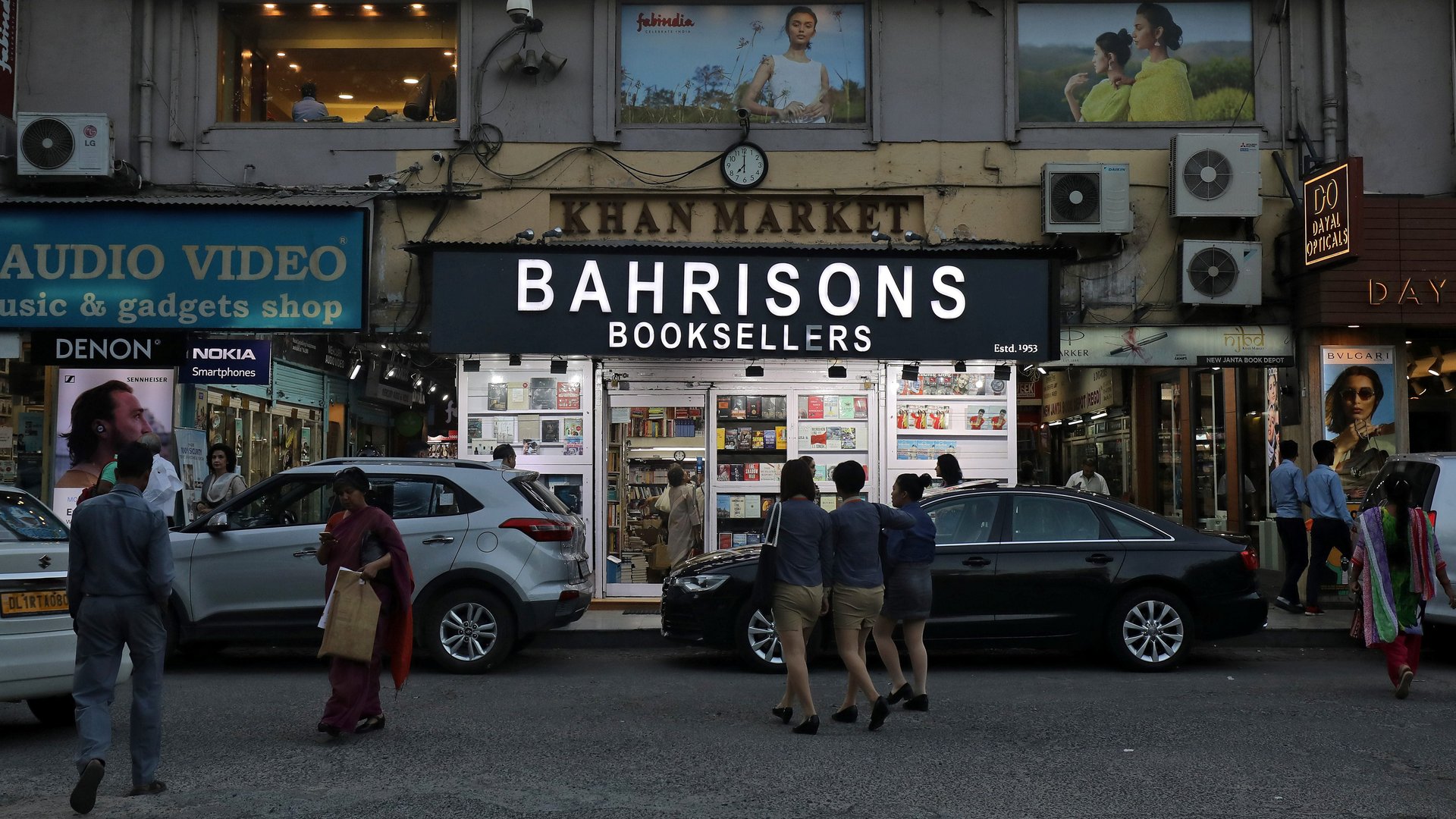Who cares what Modi thinks, Khan Market is India’s entry in the world’s high street list again
Prime minister Narendra Modi may have made the “Khan Market gang” infamous, but India’s real estate sector has given it a thumbs up.


Prime minister Narendra Modi may have made the “Khan Market gang” infamous, but India’s real estate sector has given it a thumbs up.
The tony Delhi neighbourhood is now the world’s 20th most expensive high street by rentals, according to Cushman & Wakefield’s Main Streets Across the World report. With annual rents of $243 (Rs17,700) per square feet, it is the only Indian retail location to feature in the list that includes Hong Kong’s Causeway Bay, New Bond Street in London, and Champs-Élysées in Paris.
Last year, Khan Market was ranked 21st, with annual rentals at around $225 per square feet.
High rentals notwithstanding, the horseshoe-shaped Khan Market has shops to cater to people from all income strata.
A defiant old-school barber, for instance, goes about his business right next to top salons even in these changing times. The locality is well known for grocery stores with imported fruits and vegetables. Another Khan Market signature is the rotund, well-fed street dogs lounging outside pet care stores.
Built during the post-partition period of the 1950s, the market was named after Khan Abdul Jabbar Khan, brother of freedom fighter Khan Abdul Ghaffar Khan. Traditionally, the ground floors were given to retail outlets, and the first floors were residential. Over time, restaurants and shops moved up, too, leaving only a handful of families residing in the market.
Its history and capitalist bells & whistles aside, Khan Market has been the favoured hub of Delhi’s lawyers, academicians, politicians, and journalists. This is facilitated by its proximity to the Delhi high court and India’s supreme court, parliament, and bureaucratic offices in Lutyens’s Delhi.
Khan Market was in the news in May, when Modi derisively called Delhi’s intelligentsia, especially his critics, the “Khan Market gang.” A Bharatiya Janata Party leader also proposed that the market be renamed after Valmiki, believed to be the author of the Hindu epic Ramayana. This proposal led shopkeepers and traders to come out in vehement protest.